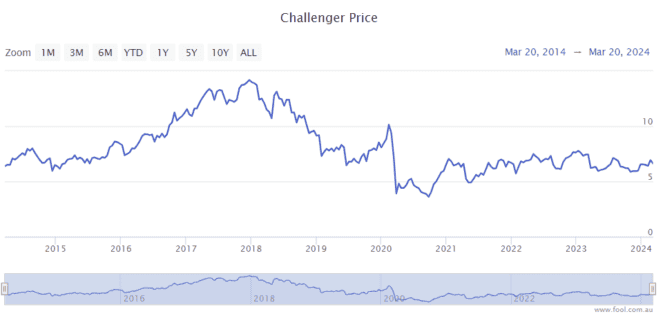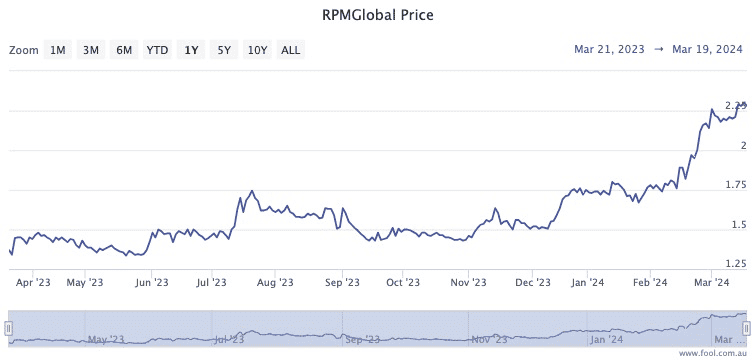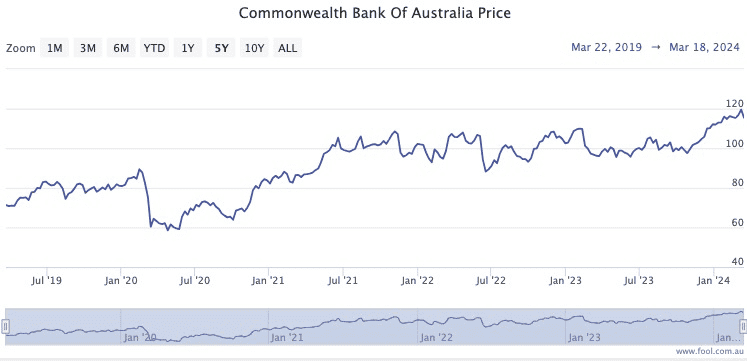

If you’re on the lookout for an income boost, then it could pay to look closely at the ASX shares listed below.
Analysts are feeling very positive about these income options and recently put buy ratings on their shares.
Here’s what sort of yields you can expect from them in the near term:
Deterra Royalties Ltd (ASX: DRR)
The team at Morgan Stanley thinks that Deterra Royalties could be an ASX income share to buy.
Deterra Royalties is focused on the management and growth of a portfolio of royalty assets across a range of commodities. Its cornerstone asset is Mining Area C iron ore mine, which is operated by BHP Group Ltd (ASX: BHP) in the Pilbara region of Western Australia.
Morgan Stanley believes its portfolio leaves the company well-placed to pay some big dividends to shareholders in the near term.
The broker is forecasting fully franked dividends per share of 37 cents in FY 2024 and 34 cents in FY 2025. Based on the current Deterra Royalties share price of $4.88, this will mean dividend yields of 7.6% and 7%, respectively.
Morgan Stanley has an overweight rating and $5.65 price target on its shares.
HomeCo Daily Needs REITÂ (ASX: HDN)
Another ASX income share that has been given the thumbs up by analysts is HomeCo Daily Needs.
It is an Australian real estate investment trust with a mandate to invest in convenience-based assets across the target sub-sectors of neighbourhood retail, large format retail, and health and services.
HomeCo Daily Needs REIT aims to provide shareholders with consistent and growing distributions.
The team at Morgans believes the company will deliver on this goal. This is thanks partly to “accelerating click & collect trends” and its development pipeline.
Its analysts are expecting dividends per share of 8 cents in FY 2024 and then 9 cents in FY 2025. Based on the current HomeCo Daily Needs share price of $1.27, this will mean yields of 6.3% and 7.3%, respectively.
Morgans has an add rating and $1.37 price target on the company’s shares.
The post Analysts name 2 ASX income shares to buy with 6%+ dividend yields appeared first on The Motley Fool Australia.
Wondering where you should invest $1,000 right now?
When investing expert Scott Phillips has a stock tip, it can pay to listen. After all, the flagship Motley Fool Share Advisor newsletter he has run for over ten years has provided thousands of paying members with stock picks that have doubled, tripled or even more.*
Scott just revealed what he believes could be the ‘five best ASX stocks’ for investors to buy right now. We believe these stocks are trading at attractive prices and Scott thinks they could be great buys right now…
See The 5 Stocks
*Returns as of 1 February 2024
(function() {
function setButtonColorDefaults(param, property, defaultValue) {
if( !param || !param.includes(‘#’)) {
var button = document.getElementsByClassName(“pitch-snippet”)[0].getElementsByClassName(“pitch-button”)[0];
button.style[property] = defaultValue;
}
}
setButtonColorDefaults(“#0095C8”, ‘background’, ‘#5FA85D’);
setButtonColorDefaults(“#0095C8”, ‘border-color’, ‘#43A24A’);
setButtonColorDefaults(“#fff”, ‘color’, ‘#fff’);
})()
More reading
- Here are the top 10 ASX 200 shares today
- Why bond yields are bruising ASX property shares on Monday
- Here are the top 10 ASX 200 shares today
- Forget term deposits and buy these ASX dividend stocks
- 3 ASX dividend shares to buy for a passive income boost
Motley Fool contributor James Mickleboro has no position in any of the stocks mentioned. The Motley Fool Australia’s parent company Motley Fool Holdings Inc. has no position in any of the stocks mentioned. The Motley Fool Australia has recommended HomeCo Daily Needs REIT. The Motley Fool has a disclosure policy. This article contains general investment advice only (under AFSL 400691). Authorised by Scott Phillips.
from The Motley Fool Australia https://ift.tt/aQMqi5s













